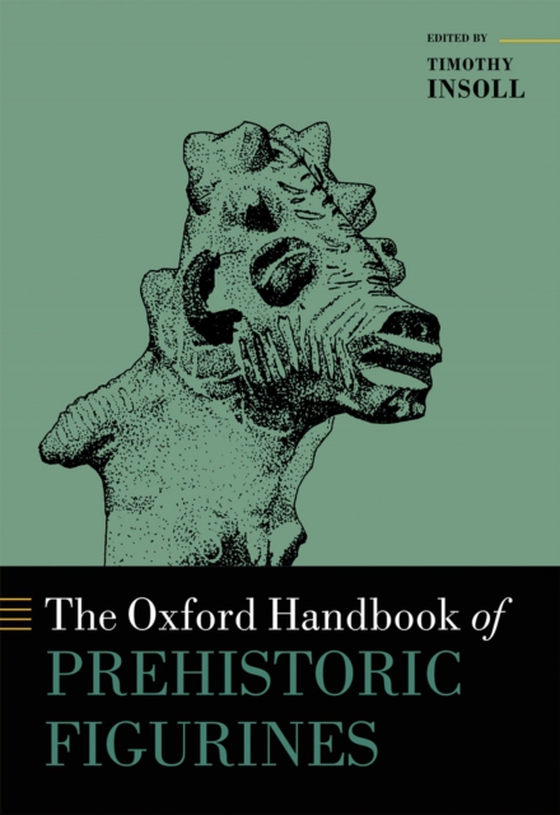
Oxford Handbook of Prehistoric Figurines e-bog
1021,49 DKK
(inkl. moms 1276,86 DKK)
Figurines dating from prehistory have been found across the world but have never before been considered globally. The Oxford Handbook of Prehistoric Figurines is the first book to offer a comparative survey of this kind, bringing together approaches from across the landscape of contemporary research into a definitive resource in the field. The volume is comprehensive, authoritative, and acces...
E-bog
1021,49 DKK
Forlag
OUP Oxford
Udgivet
13 april 2017
Længde
928 sider
Genrer
HD
Sprog
English
Format
pdf
Beskyttelse
LCP
ISBN
9780191663093
Figurines dating from prehistory have been found across the world but have never before been considered globally. The Oxford Handbook of Prehistoric Figurines is the first book to offer a comparative survey of this kind, bringing together approaches from across the landscape of contemporary research into a definitive resource in the field. The volume is comprehensive, authoritative, and accessible, with dedicated and fully illustrated chapters covering figurines from the Americas, Europe, Africa, Asia, and Australasia and the Pacific laid out by geographical location and written by the foremost scholars in figurine studies; wherever prehistoric figurines are found they have been expertly described and examined in relation to their subject matter, form, function, context, chronology, meaning, and interpretation. Specific themesthat are discussed by contributors include, for example, theories of figurine interpretation, meaning in processes and contexts of figurine production, use, destruction and disposal, and the cognitive and social implications of representation. Chronologically, the coverage ranges from the Middle Palaeolithic through to areas and periods where an absence of historical sources renders figurines 'prehistoric' even though they might have been produced in the mid-2nd millennium AD, as in parts of sub-Saharan Africa. The result is a synthesis of invaluable insights into past thinking on the human body, gender, identity, and how the figurines might have been used, either practically, ritually, or even playfully.
 Dansk
Dansk

